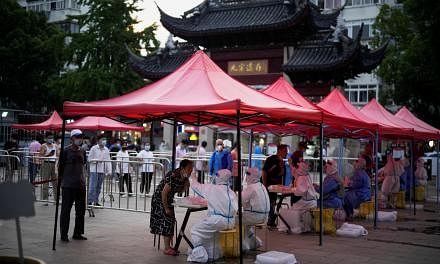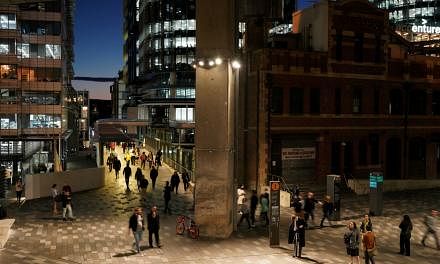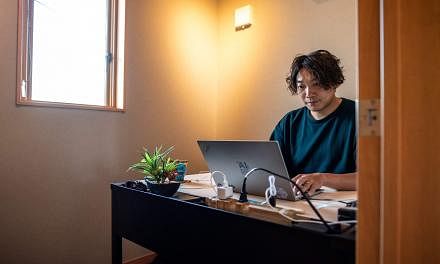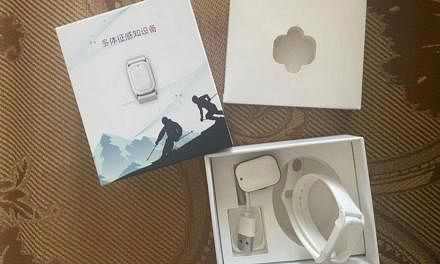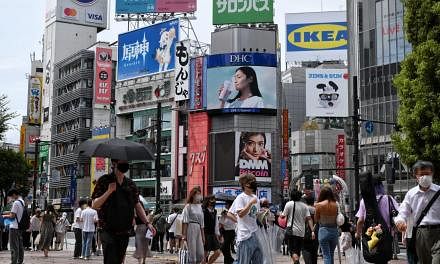SINGAPORE - As a self-employed professional, Mr Lau cannot afford to miss work for too long.
But the 40-year-old, who declined to have his full name published, has been stuck at home since Sept 19, when he tested positive for Covid-19 after undergoing a polymerase chain reaction test.
Mr Lau experienced flu-like symptoms, and also lost his sense of taste and smell.
But he received only a formal isolation order - in the form of a sheet of paper delivered to his doorstep - on the fourth day of his illness.
Because he had tested positive, he was to be isolated at home, where he lives alone, until Sept 27.
He said he never got the care pack, which includes items such as surgical masks, hand sanitiser and an oximeter to measure blood oxygen levels.
The Ministry of Health (MOH) had earlier said that people on the home recovery scheme could ask for them, but then it updated its website last Friday saying that the packs are delivered to only people without oximeters at home.
Mr Lau does not have an oximeter at home.
He has symptoms, such as a runny nose, but tested negative using an antigen rapid test (ART) kit. Although he has completed his home recovery stint, Mr Lau is unsure of what to do next.
He has been frustrated at how difficult it has been to contact MOH for clear instructions, with phone operators telling him that they would escalate his case to the relevant departments.
Nobody called him back, he said.
"I need to meet people to make things happen," said Mr Lau, who works in project management.
"During this period, I lost a lot of customers. They could not wait for me, and I myself didn't know what my timing would be like."
In some ways, Mr Lau said he is lucky. His wife - who had not been in close contact with him before he tested positive, and so was not under quarantine - brought him food and helped to dispose of rubbish.
She was then staying at her parents' place.
He said he received several calls and text messages from a telemedicine provider to check that he was doing well.
Even so, he felt that support was lacking.
"If I had totally no family support, I may not have even been able to get food," Mr Lau said. "If you are an old person who is bad with technology, you would be very lost."
Although people are allowed to leave their home after the 10-day home recovery period, they are advised by MOH to minimise contact with others for another seven days.
To play it safe, Mr Lau said he will not meet his children - who are in primary school, and too young to be vaccinated - or clients during this time.
"I did go downstairs to buy food, but then I went back upstairs," he said. "I want to be responsible. I don't want to hang around without any formal test."
Tip
If you have limited ART kits at home, you might want to save them for the later part of your home recovery stint
"I was told by my doctor that there is no point in taking an ART during the first few days, because there is a high likelihood I will still be positive. On the fifth day, when I took a test, it was positive. On the seventh day, it was negative." - Mr Lau, 40, self-employed
Read next: At home with Covid-19: My 10 days of recovering from the virus



